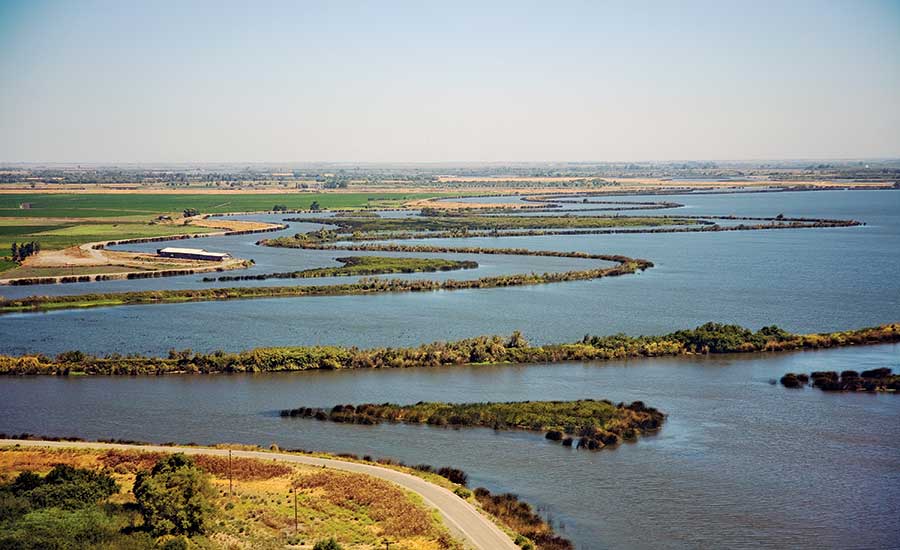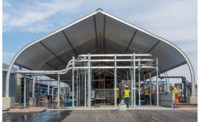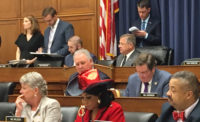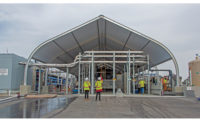The Metropolitan Water District (MWD) of Southern California has taken the lead on the state’s controversial plan to more efficiently move water south from the Sacramento-San Joaquin River Delta, voting to commit $10.8 billion to California WaterFix.
The vote was a crucial step forward for the estimated $17-billion project by the state’s Dept. of Water Resources. Environmental groups have vigorously opposed digging two 43-mile, 40-ft-dia tunnels under the delta. Key agricultural districts refused to participate last year, calling it too expensive.
About 30% of the water supplying Southern California customers is imported via the delta, MWD says, using an outdated delivery system. The delta’s ecosystem is in decline and its 1,100 miles of levees vulnerable to earthquakes and flooding. “This project is to shore up the reliability of that critical water supply,” says MWD general manager Jeffrey Kightlinger.
“We know that we’re not going to get more imported water … our best-case scenario is that we can stabilize the supply,” Kightlinger says.
The WaterFix project, estimated to be completed in 2032, could divert up to 9,000 cu ft of water per second through its two tunnels from the Sacramento River to a new pumping plant on the delta’s southern edge.
Delegates from Los Angeles and San Diego water authorities opposed the plan before MWD’s April 10 vote. Footing the bill up front could be risky, and the debt service for WaterFix could be costly for ratepayers, according to a statement by the Los Angeles Dept. of Water and Power. Agricultural districts’ possible lack of participation could also leave one of the tunnels unused.
Earlier this year, the state proposed a one-tunnel solution, but MWD says the two-tunnel solution is more cost effective. Several dozen lawsuits have been filed on the project’s environmental review process, and MWD expects more lawsuits during the permitting process.
WaterFix cleared a major hurdle in June 2017, completing the environmental documents for the project’s preliminary design. Two key permits still must be obtained from the California state water resources control board and the Delta Stewardship Council, both of which could be approved in September or October.





Post a comment to this article
Report Abusive Comment